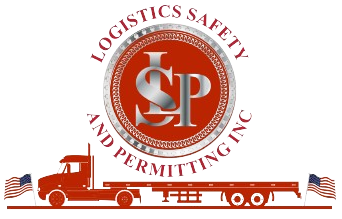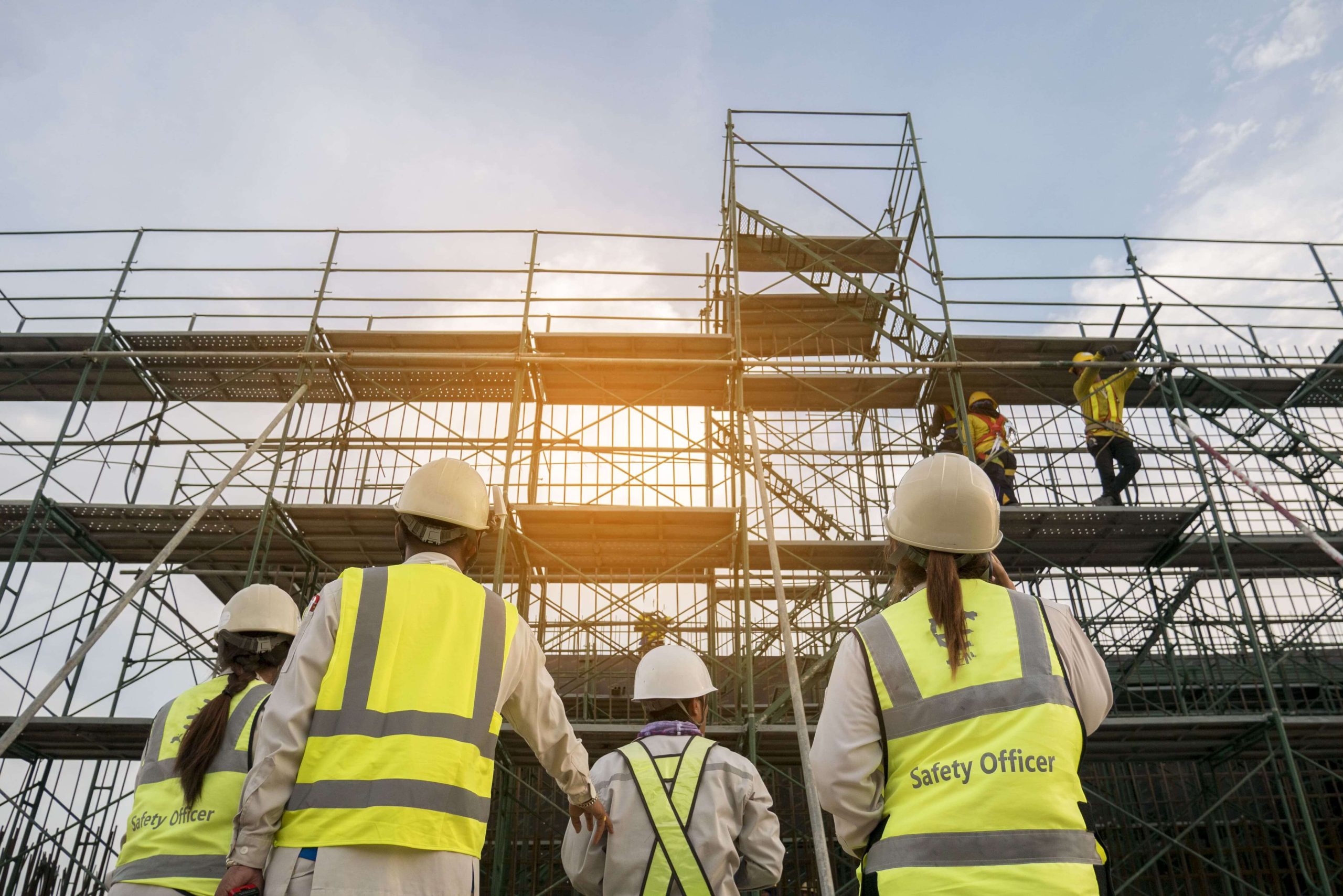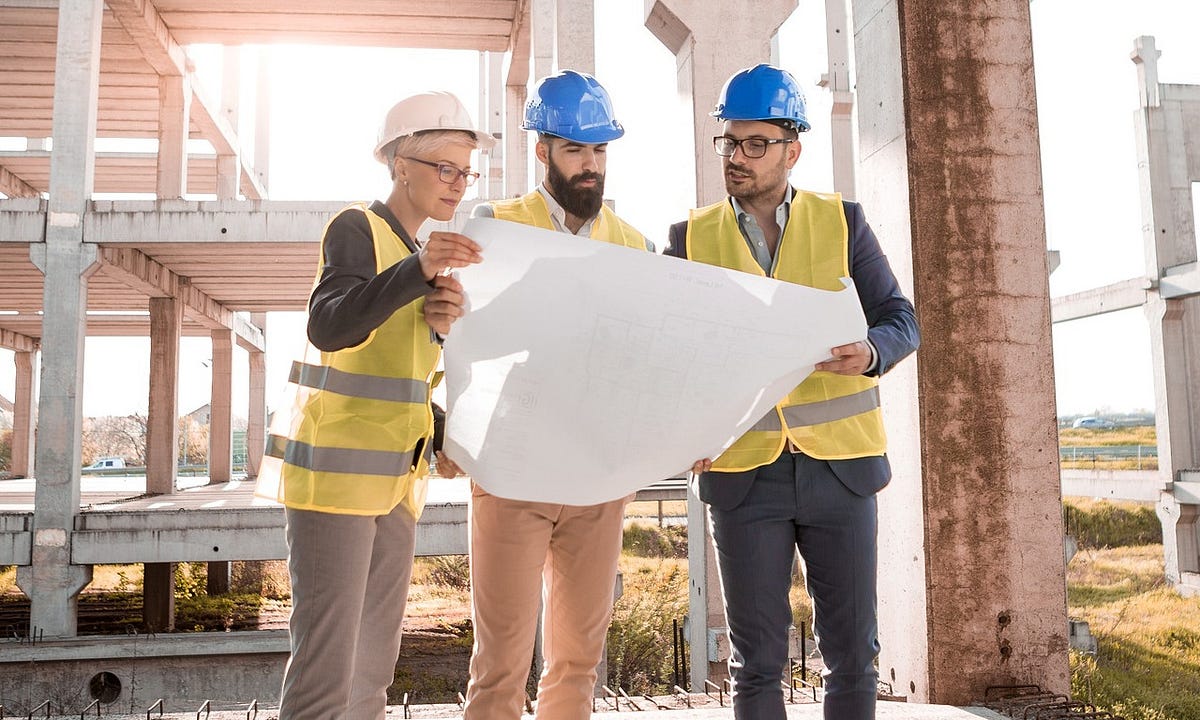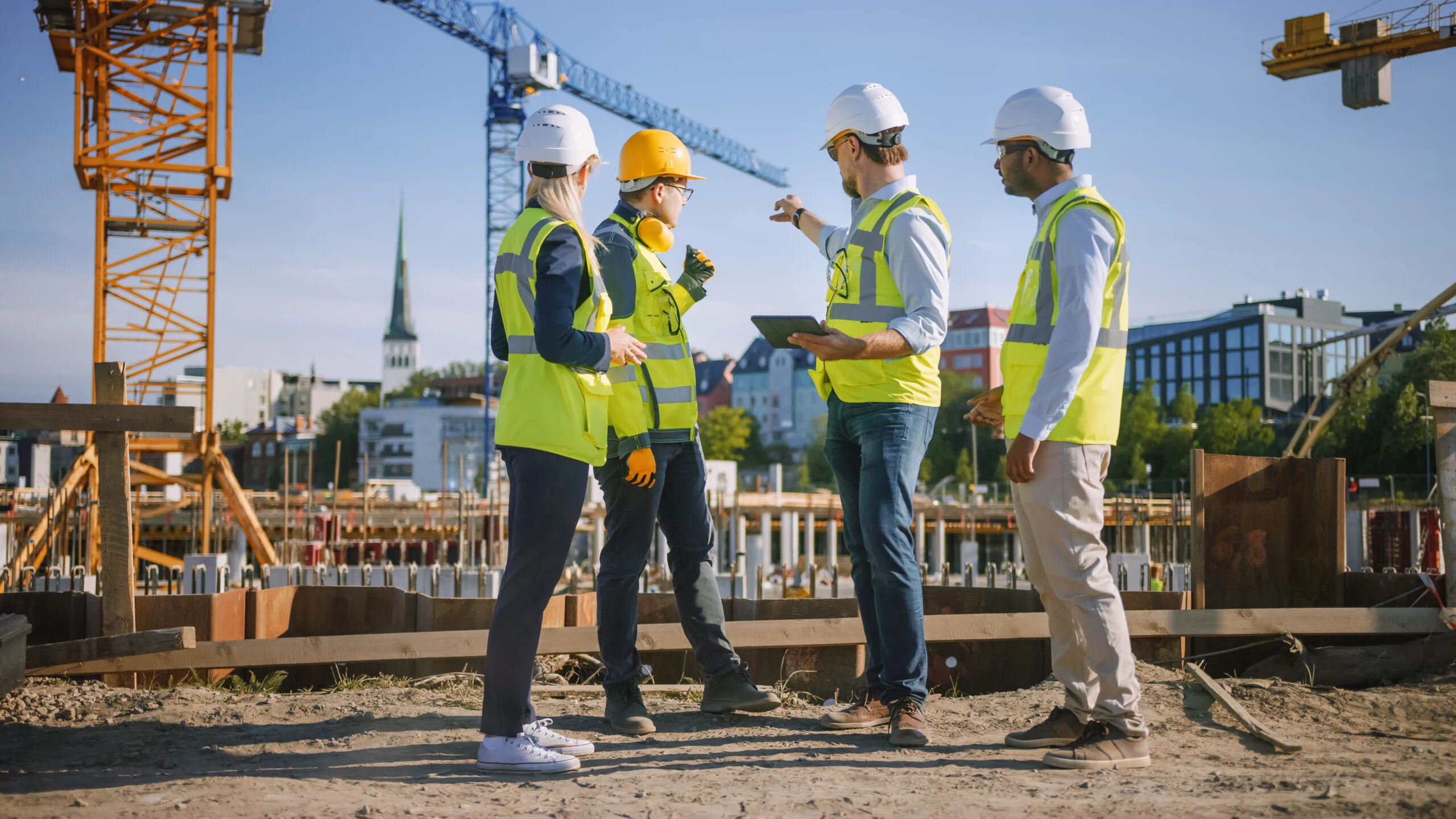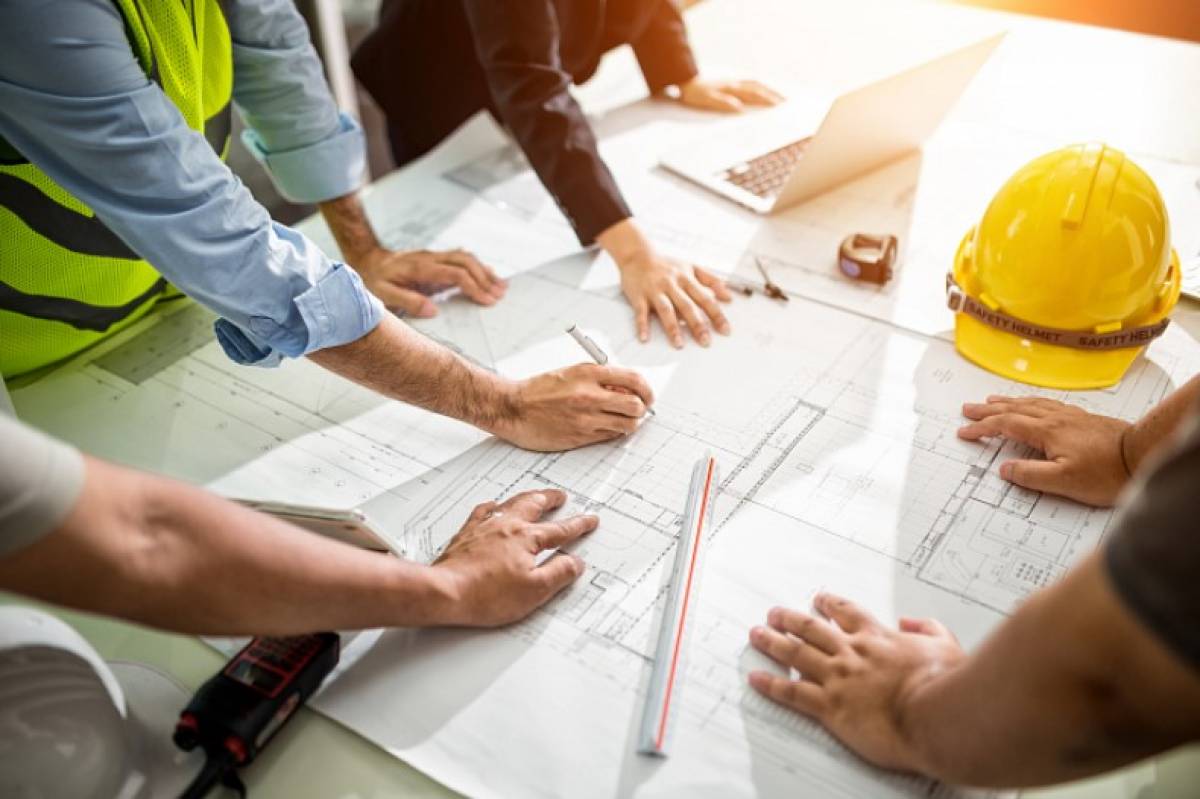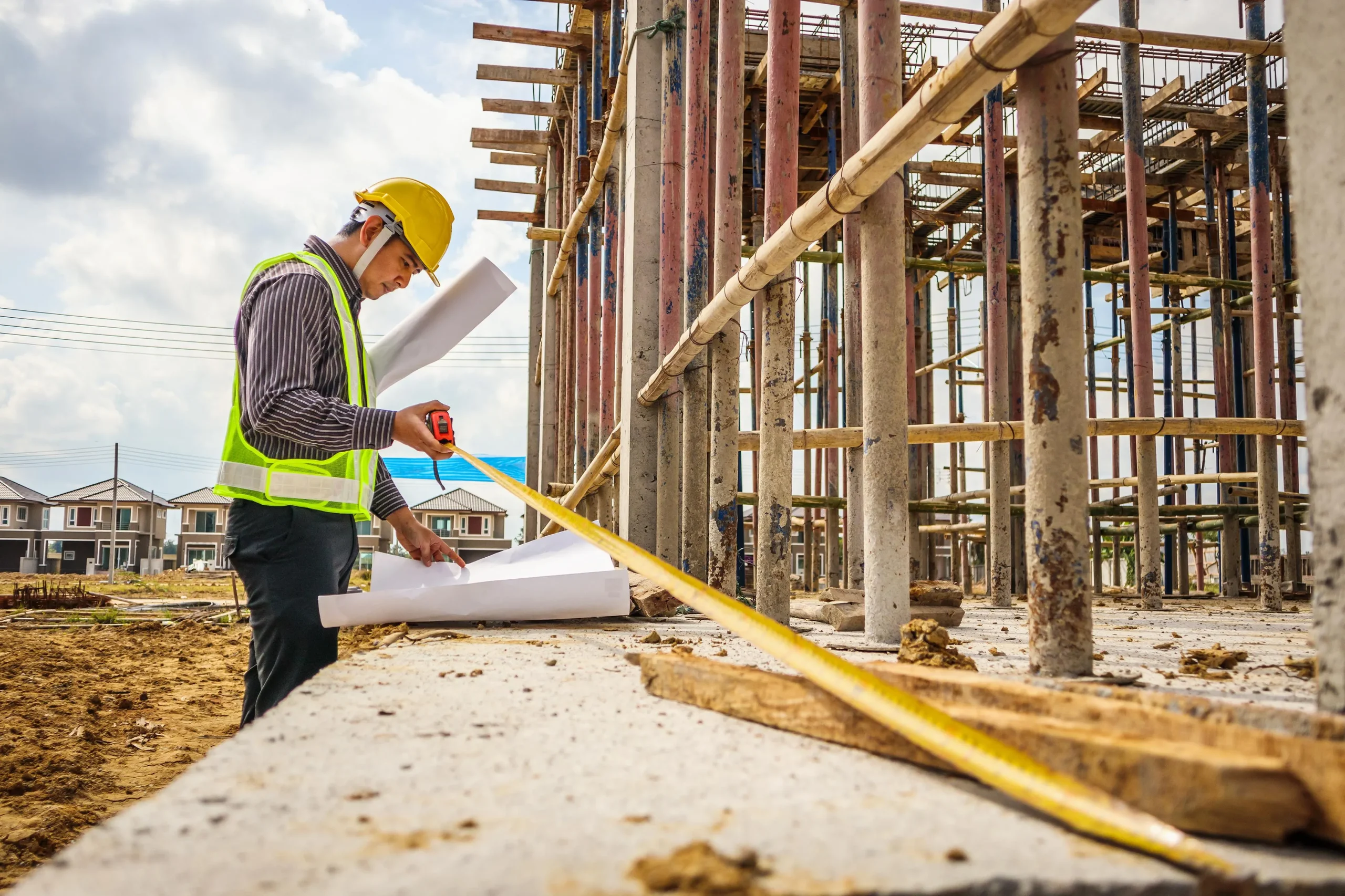When it comes to delivering a project on time, within budget, and to the highest standards of safety, Construction Logistics is the unspoken backbone of success. A project can have top-tier architects and skilled contractors, but without a logistics strategy, the risk of delays, miscommunication, and safety hazards increases significantly. At Logistics Safety and Permitting Inc, we see every day how effective logistics planning turns complex construction sites into well-organized operations.
This article explores the 10 key components every construction logistics strategy needs, helping contractors, developers, and project managers streamline their operations while meeting regulatory and safety requirements.
1. Clear Site Access and Traffic Flow
One of the first considerations in construction logistics services is ensuring that vehicles, materials, and personnel can move safely and efficiently on and off the site. Poorly managed access points can create traffic congestion, accidents, and delivery delays. A well-planned traffic flow strategy outlines entry and exit routes, staging areas for deliveries, and designated pathways for workers. This level of planning not only keeps things organized but also reduces risks for both construction crews and the surrounding community.
2. Scheduling Deliveries and Material Handling
Deliveries can make or break a project’s timeline. Uncoordinated arrivals clog access points, cause double handling, and waste valuable labor hours. A detailed schedule integrated into the construction logistics plan ensures that materials arrive exactly when needed with no earlier and no later. This just-in-time approach minimizes storage requirements on site, protects materials from weather damage, and keeps workflows uninterrupted.
3. Permit Planning and Compliance
No construction project moves forward without the proper permits. Navigating approvals can be a long and complex process, but it is also essential for ensuring compliance with building codes, zoning requirements, and safety standards. A construction logistics strategy must integrate permit planning to avoid costly shutdowns or delays. Partnering with firms like Logistics Safety and Permitting Inc helps streamline the permitting process, aligning safety drawings, engineering approvals, and regulatory requirements with project timelines.
4. Safety and Risk Management
Safety should never be an afterthought. Every construction logistics plan must incorporate strategies to reduce hazards on-site. This includes designated walkways, protective barriers, equipment storage zones, and emergency access routes. Safety drawings play a crucial role by illustrating these details clearly for workers and inspectors alike. Integrating Construction Safety within logistics ensures compliance with OSHA standards while creating a safe environment for every stakeholder.
5. Storage and Staging Areas
Space is always a premium on construction sites, especially in dense urban environments. Establishing staging areas for equipment, prefabricated components, and materials is a vital logistics element. Organized storage zones prevent damage, keep pathways clear, and allow crews to access what they need without unnecessary delays. When storage planning is neglected, materials often pile up in unsafe areas, leading to cluttered worksites and reduced productivity.
6. Waste Management and Environmental Controls
Every project generates debris but how it is handled makes a big difference in compliance, efficiency and sustainability. A logistics plan should include clear procedures for waste collection, sorting and removal. By addressing environmental concerns upfront such as dust suppression, recycling protocols and hazardous material handling projects can minimize their impact on the community while meeting regulatory requirements.
7. Workforce Coordination
A construction site is only as efficient as the people working on it. Coordinating schedules, shift overlaps, and worker access points is a central part of logistics planning. This not only ensures productivity but also helps maintain safety by preventing overcrowding in specific areas. Clear communication systems, daily briefings, and updated schedules reduce confusion and keep the workforce aligned with project goals.
8. Equipment Planning and Utilization
Heavy machinery, cranes, and specialized equipment require careful planning to avoid downtime or conflicts on-site. An effective logistics strategy schedules equipment use, plans for maintenance, and ensures proper operator access. Without this, projects risk bottlenecks—like having multiple crews competing for the same crane at once. Strategic equipment planning ensures smooth workflows and reduces costly idle time.
9. Stakeholder Communication
Construction involves multiple stakeholders: contractors, engineers, local authorities, and clients. Communication breakdowns are one of the biggest causes of project delays. A logistics strategy must define communication protocols, reporting structures, and meeting schedules. By setting expectations early, misunderstandings are minimized, and decision-making becomes faster and more transparent.
10. Contingency Planning
Even the most detailed logistics plan can encounter unexpected challenges such as weather delays, supply chain disruptions or permit issues. That is why every construction logistics strategy needs contingency measures. Backup suppliers, alternative delivery routes and flexible scheduling help ensure that a single disruption does not derail the entire project. Contingency planning is the safety net that keeps projects resilient in the face of uncertainty.
Why Construction Logistics Matters
The 10 components outlined above are not isolated steps. They work together to form the foundation of a well-executed construction project. At its core Construction Logistics is about anticipating challenges, organizing resources and keeping everything moving in harmony. For project managers and developers investing in professional construction logistics services means fewer delays, stronger compliance and greater peace of mind.
When logistics are carefully planned crews work more efficiently, equipment is better utilized, safety risks are minimized and projects finish on schedule. In today’s fast-paced building environment logistics is not just support. It is a strategy for success.
FAQs
1. What is construction logistics, and why is it important?
Construction logistics refers to the planning and coordination of materials, equipment, workforce, and site operations. It’s essential because it ensures safety, efficiency, and timely project completion.
2. How does logistics planning reduce project delays?
By scheduling deliveries, managing traffic flow, and coordinating equipment, logistics eliminates bottlenecks that often cause costly delays.
3. What role do permits play in a construction logistics strategy?
Permits are legally required for most construction projects. A logistics plan integrates permit approvals into the schedule to prevent shutdowns and ensure compliance.
4. How do construction logistics services benefit contractors?
They provide expert planning and execution support, ensuring projects meet regulatory standards, stay on schedule, and avoid unnecessary costs.
5. Can small projects benefit from construction logistics?
Yes. Even smaller renovations require logistics planning for deliveries, safety, and waste management. Good logistics improves efficiency on any scale.
